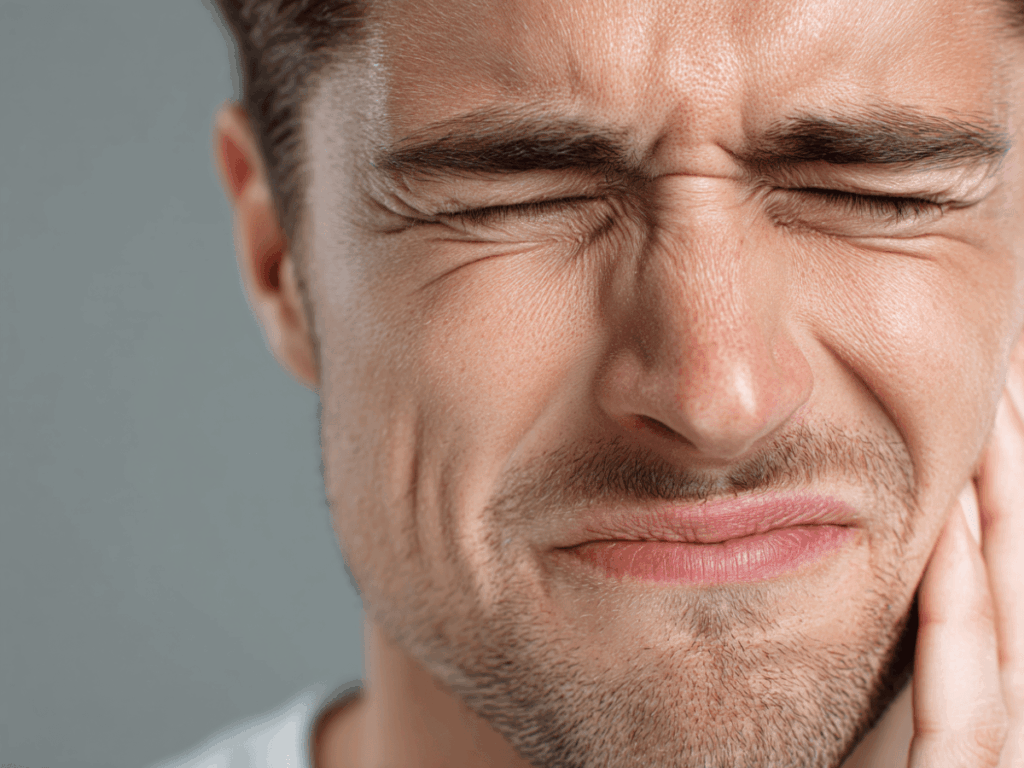Pain when chewing isn’t something to brush off, it’s your body’s way of signaling that something isn’t right. The source could be a single tooth, your gum tissue, or the jaw joint itself. Acting quickly can make all the difference, what starts as minor discomfort could escalate into a more serious dental issue if left untreated.
At Elizabeth L. Wakim DDS, we take these symptoms seriously. Our team uses advanced tools like digital imaging and bite analysis to pinpoint the root cause of your discomfort and tailor a treatment plan that restores function and protects your long-term oral health.
If chewing causes discomfort, don’t wait. Let’s explore what might be triggering your pain and how to stop it before it gets worse.
Why Chewing Shouldn’t Hurt
An estimated 5% to 12% of adults in the U.S. experience pain when chewing, and it’s often more than just a passing annoyance. That twinge when you bite down can signal anything from a minor irritation to a serious dental issue. Understanding the cause is the first step toward finding relief.
1. Tooth Decay or Cavities
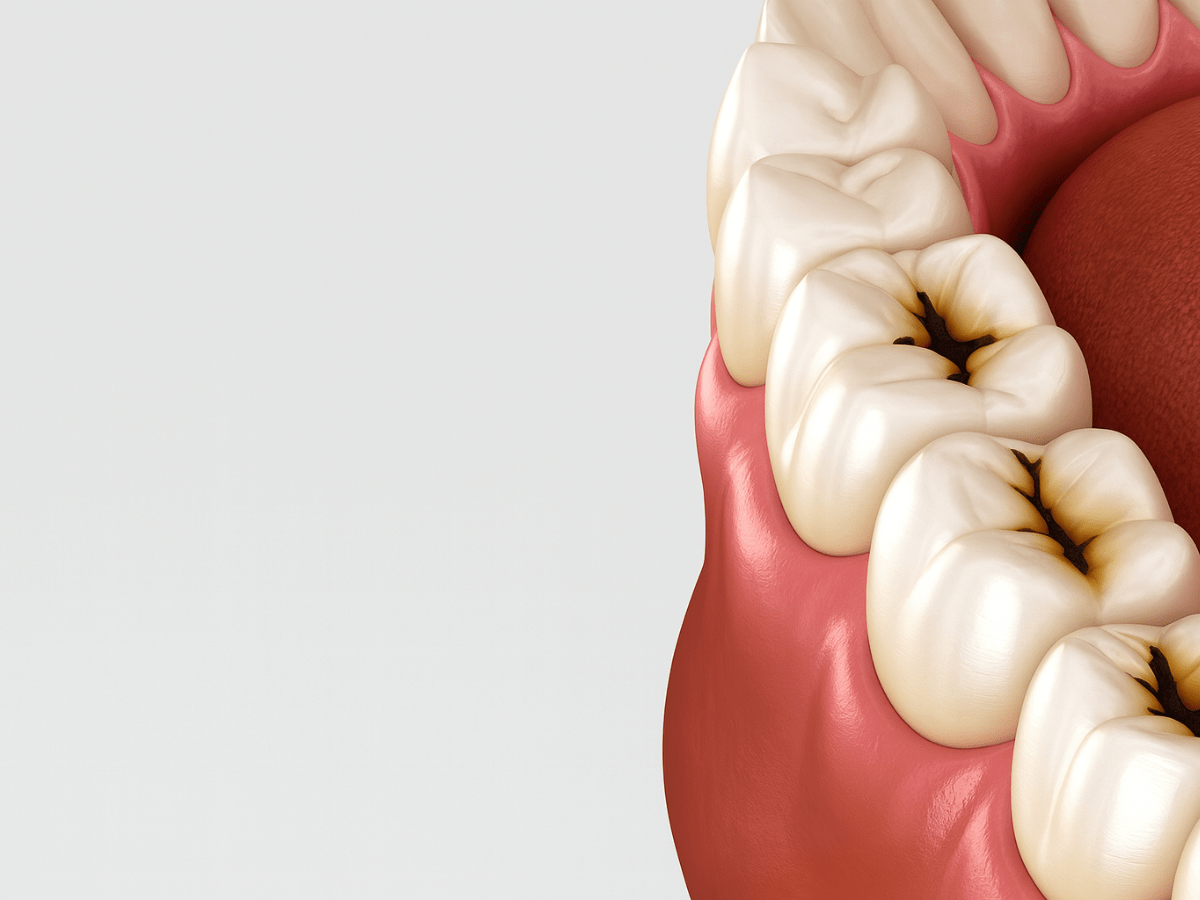
Cavities are incredibly common, affecting billions globally. If you notice a sharp or lingering pain when biting down especially with something cold or sweet, it could be early tooth decay. As the cavity deepens and reaches the inner layers of your tooth, that discomfort can turn into noticeable pain during chewing.
2. Cracked or Fractured Tooth
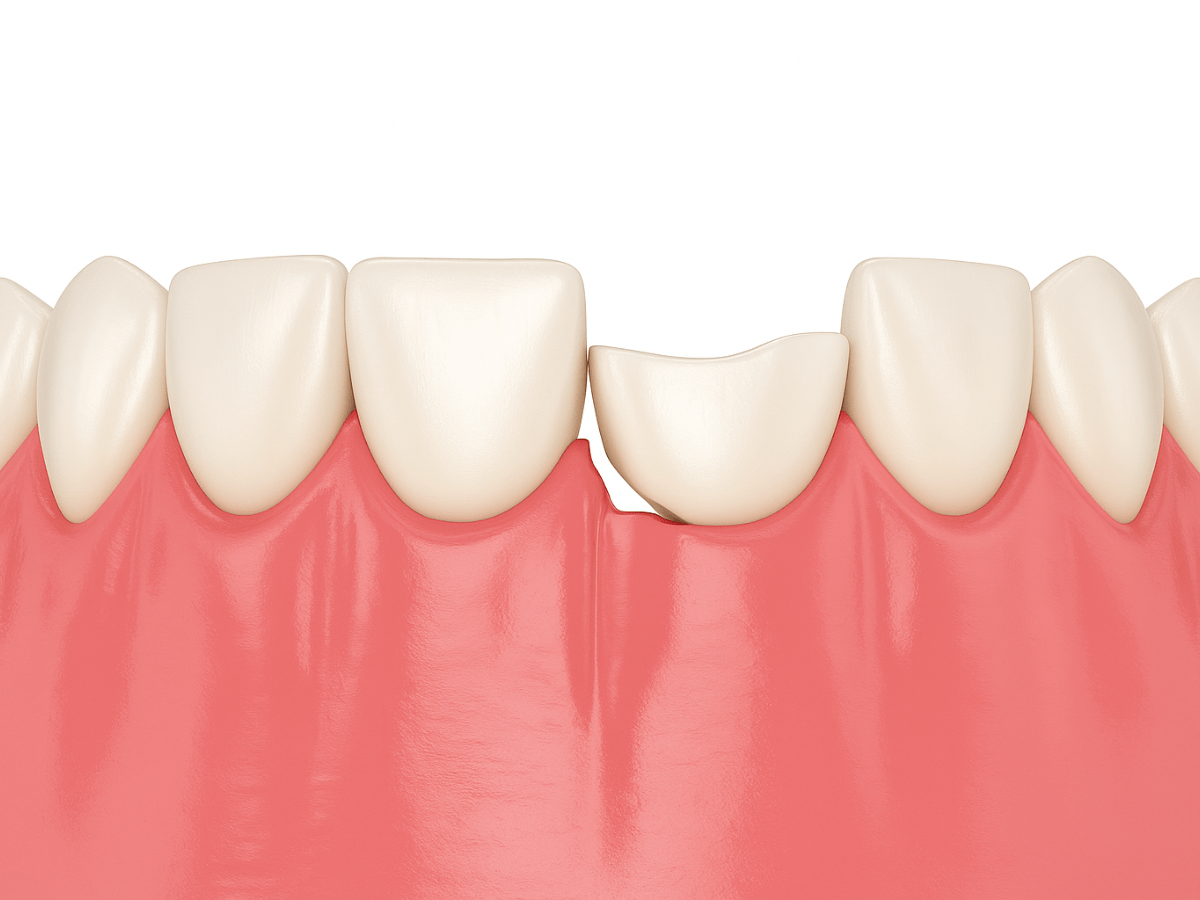
A hairline fracture isn’t always visible, but it can make chewing painful especially when pressure hits the damaged area. Biting into something hard or grinding your teeth can cause microcracks that worsen over time. Fortunately, early intervention through preventive dentistry can catch these issues before they escalate into more costly or complex problems.
3. Dental Abscess
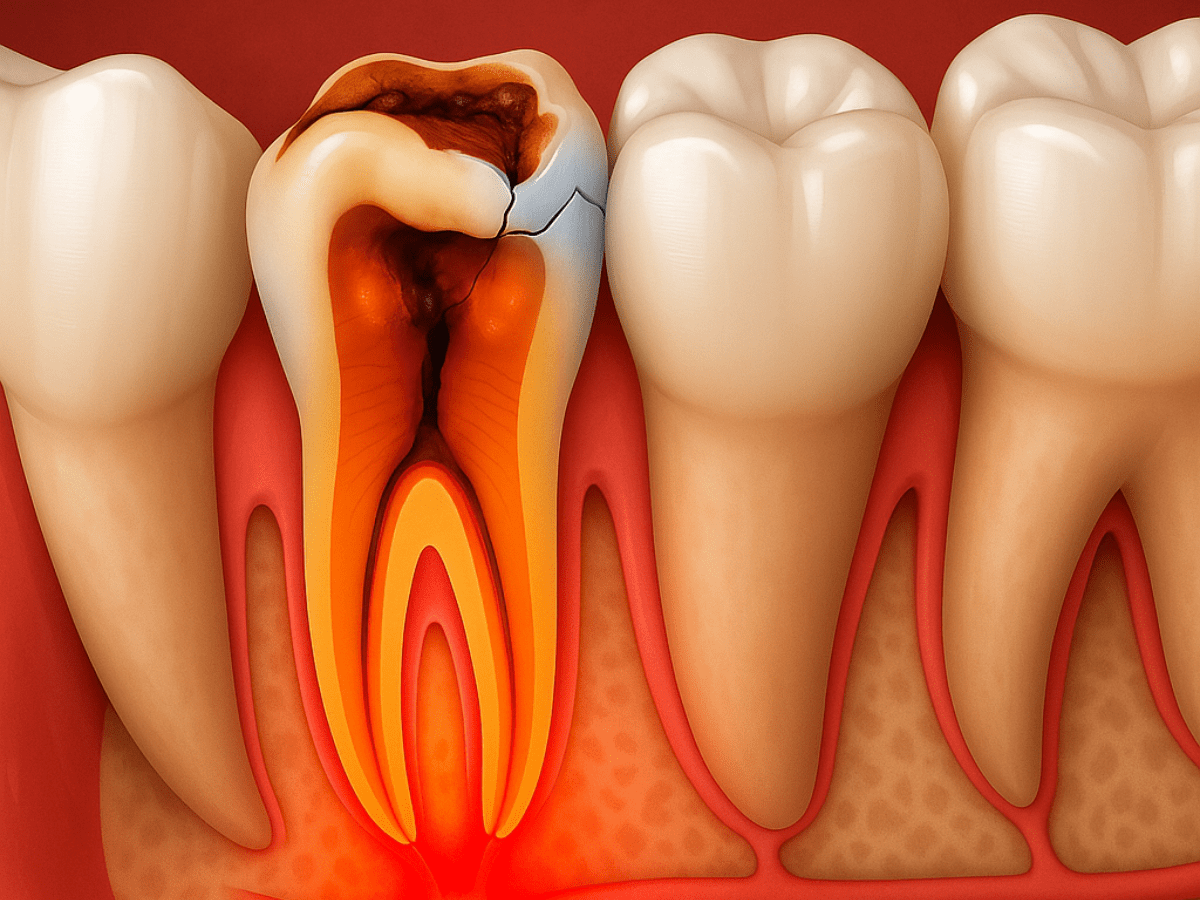
A pocket of infection near the tooth root can create intense, throbbing pain when you chew. You might also notice swelling, a foul taste in your mouth, or sensitivity to temperature. Abscessed teeth require urgent care to prevent serious complications and protect your overall oral health.
4. Gum Disease
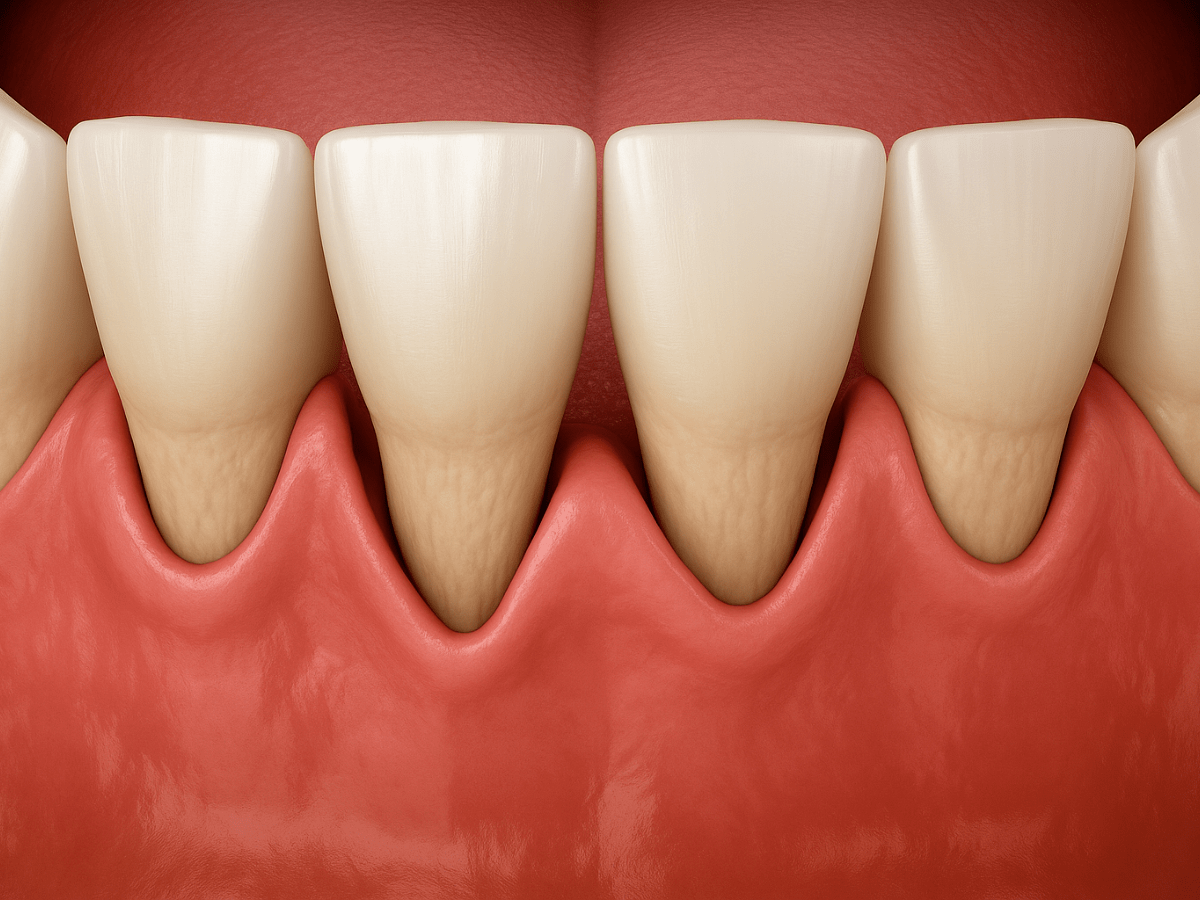
Over 4 in 10 adults over 30 show signs of gum disease. When gums become inflamed, infected, or start to recede, they can expose sensitive tooth surfaces. This often makes chewing feel sharp or uncomfortable, especially when food presses against irritated areas. Bleeding during brushing is another warning sign that shouldn’t be ignored.
5. Worn or Damaged Dental Work
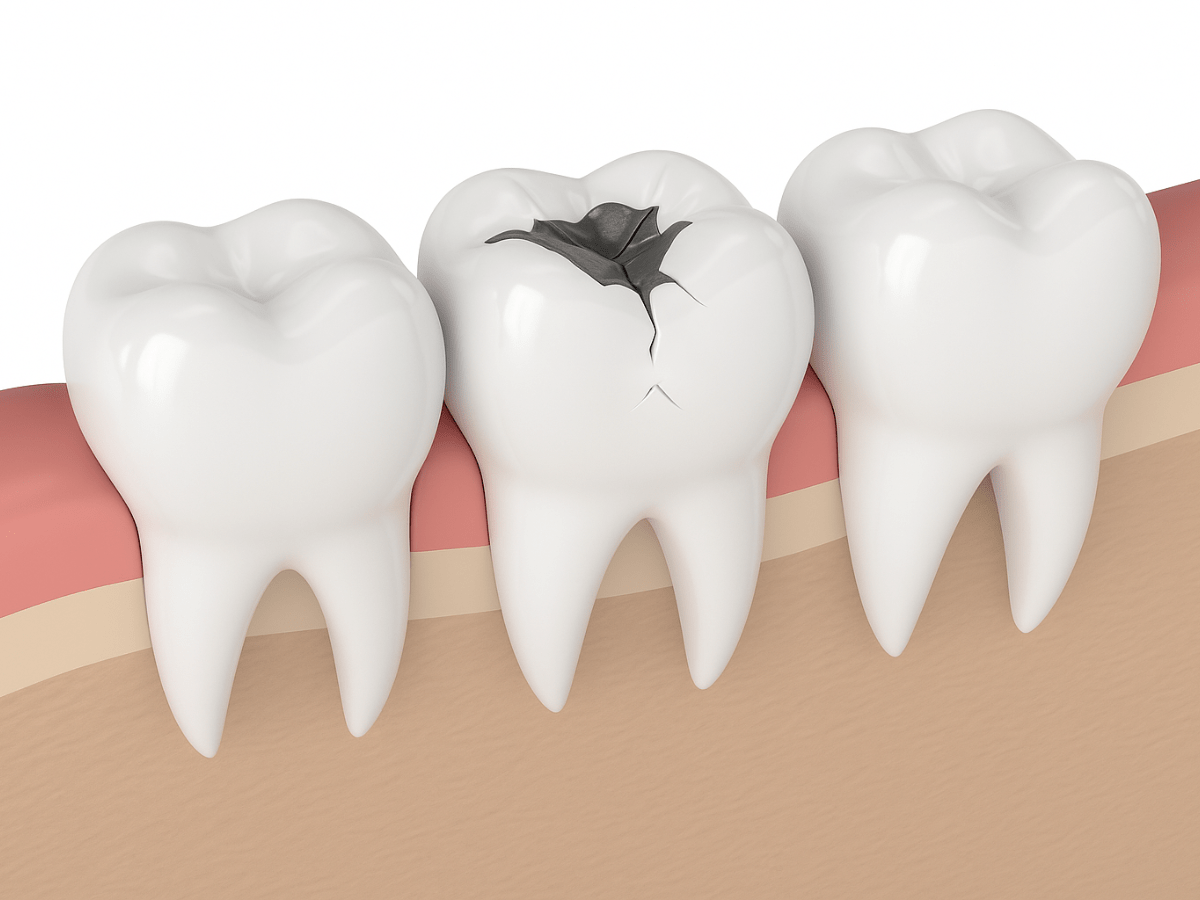
A loose crown, worn filling, or misaligned dental restoration can throw off your bite. This imbalance can cause localized pain or general discomfort when chewing.
6. TMJ Disorder (Temporomandibular Joint)
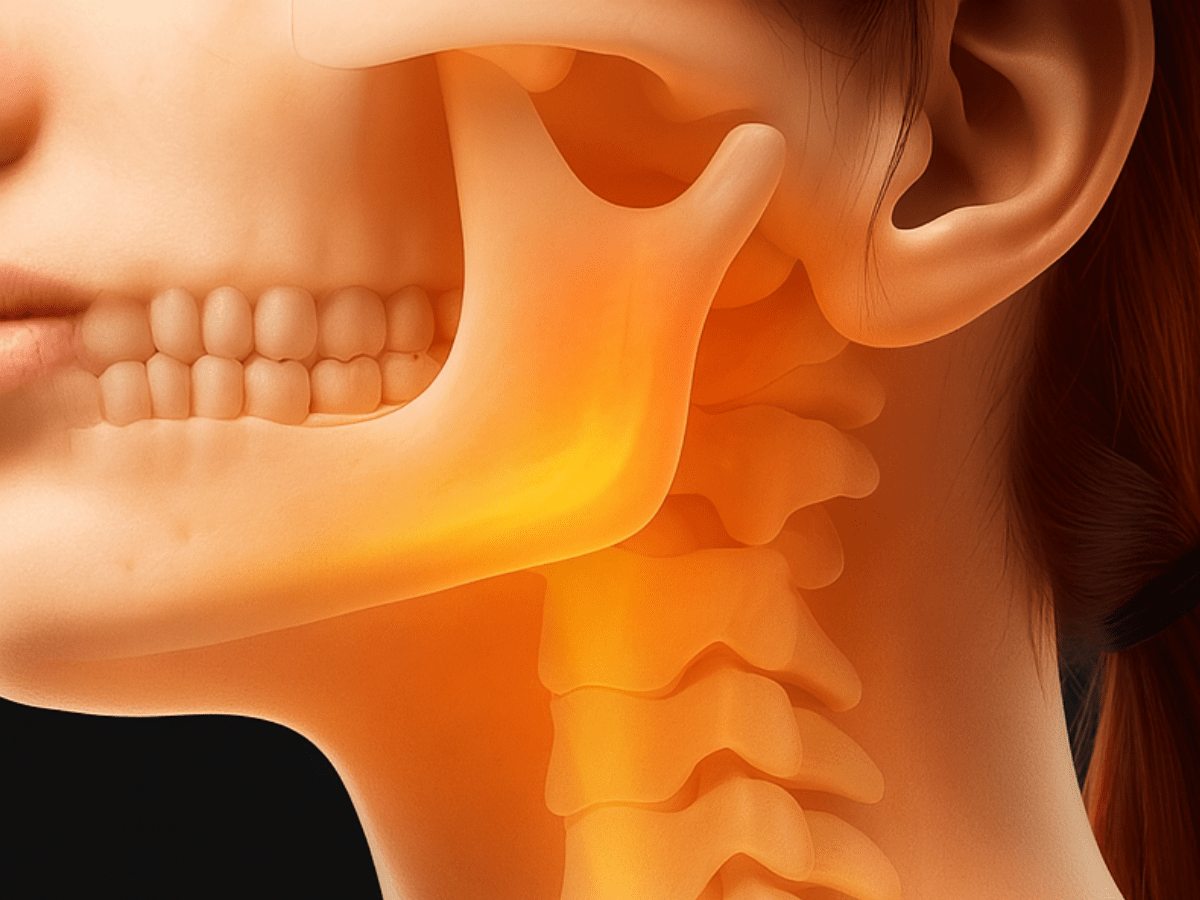
If your jaw joint or surrounding muscles are inflamed, you might feel pain when opening your mouth wide or chewing tough foods. This kind of discomfort is often linked to TMJ disorders, which can also involve clicking, popping, or headaches. To better understand what’s happening and how it’s diagnosed, here’s a helpful breakdown of the difference between TMJ and TMD.
Accompanying Red Flags
Other warning signs that shouldn’t be ignored include:
- Swelling around the gums or jaw
- Fever or facial heat
- Visible gum sores or bumps
- Bad taste in the mouth, especially with pressure
When to Take Chewing Pain Seriously
Not all tooth pain is urgent, but persistent or sharp pain when chewing is your body’s way of signaling a deeper issue. What starts as occasional soreness or sensitivity can quickly turn into a damaged tooth, infection, or misaligned bite that requires immediate treatment.
If you’re experiencing tooth pain that won’t go away, it’s time to pay attention.
Here’s when to call your dentist:
- The pain persists for several days: If you still notice pain after a few days or if it gets worse, this may point to a cracked tooth, cavity, or abscessed tooth. Lingering tooth pain when biting can also result from teeth grinding or a loose filling.
- There’s visible swelling or pus: Inflammation around a specific tooth, your cheek, or gum line can signal an advanced bacterial infection like a dental abscess. These often present with severe pain and may require a root canal or other dental treatment.
- You have a fever or swollen lymph nodes: If oral symptoms are paired with body-wide ones, like a fever or swollen nodes in your jaw or neck, the infection may be spreading, prompt care is critical.
- You spot damage: A missing tooth filling, chipped enamel, or visible fracture can expose the inner layers of the tooth. Even if it doesn’t hurt now, it may lead to intense pain later if bacteria enter the pulp or root.
Relief & Treatment Pathways
Chewing pain can stem from a range of dental issues so treatment should always start with the right diagnosis. Once your provider identifies the cause, there are several ways to ease discomfort and prevent further damage.
Short-Term Relief You Can Do at Home
While you’re waiting for a dental appointment or managing mild symptoms:
- Stick to soft foods like scrambled eggs, yogurt, or mashed vegetables.
- Use cold or warm compresses (depending on what feels better) on the outside of your cheek.
- Try a temporary night guard if you suspect teeth grinding is the culprit.
These measures won’t solve the underlying problem but can reduce strain and inflammation.
In-Office Dental Treatments
Based on what your dentist finds during a thorough dental exam and digital x-rays, they may recommend:
- Cleanings to treat early gum inflammation or remove buildup irritating your teeth.
- Fillings or crowns for a cracked tooth, cavities, or loose restorations.
- Root canal therapy if the pulp inside your tooth is infected or damaged.
- Orthodontics or occlusal adjustments to fix a misaligned bite.
- TMJ therapies or oral surgery for jaw-related conditions causing pain during chewing.
Protect Your Smile Before Pain Becomes a Problem
Chewing pain can start subtly but it’s often an early warning sign of something deeper, like a cracked tooth, bite imbalance, or infection. Catching these issues early makes all the difference in avoiding more complex dental problems down the line.
At Elizabeth L. Wakim DDS, we take a comprehensive, patient-first approach to care. Using advanced tools like digital imaging and bite analysis, we pinpoint the cause of your discomfort and create a treatment plan that’s precise, effective, and built around your needs.
Call our Pennsylvania office at (724) 558-8222 or use our contact form to schedule a visit. Don’t let a small problem turn into a serious one, protect your smile today with expert, personalized treatment.

